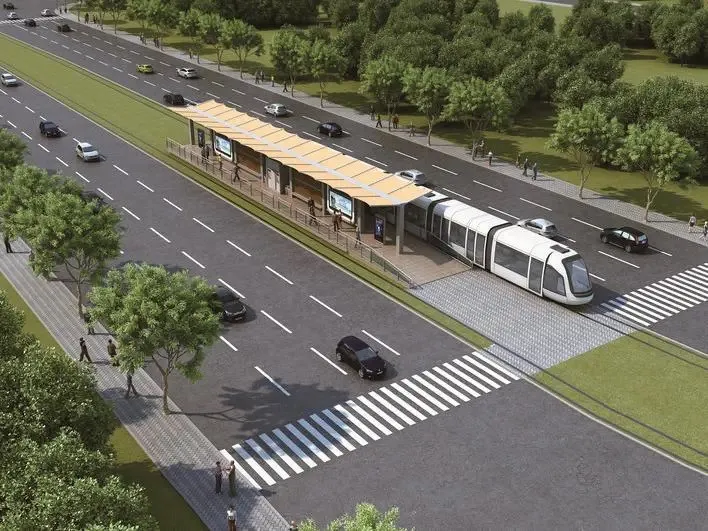
Shanghai Keolis has entered a joint venture (JV) to operate a tram network in the Chinese city of Jiaxing.
It is expected to serve 4.65 million people in the city, which lies in the eastern coastal province of Zhejiang.
Shanghai Keolis is working with Jiaxing Tram in the Shenjia JV over the next five years to create an integrated rail transport option in the Yangtze River Delta, one of China’s three great metropolitan regions.
Bernard Tabary, CEO international at Keolis, says: “Our goal is to provide an outstanding mobility option to Jiaxing residents and visitors and to reduce traffic congestion and pollution by offering a safe, reliable alternative to private cars.”
The network will have two lines spanning 15.6 km and 26 stations, including Jiaxing regional train station and Jiaxing South for high-speed rail.
A total of 20 trams made by CRRC will run on it, with daily ridership estimated to reach 50,000 passengers.
A third line will be added in 2023, bringing the network to 35.7 km of line, 55 stations and 45 trams.
The service is scheduled to open from 1 July 2021.
Part of the deal includes the recruitment of 200 new employees, including drivers, maintenance technicians and customer support staff.
Shanghai Keolis will train new employees based on its experience of operating the Songjiang tram network, a section of which the firm opened last August, bringing its total coverage up to 27km.








